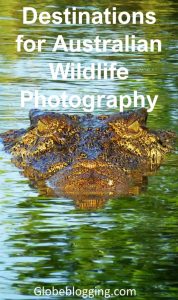Contents
- 1Photograph Wildlife in Northern Territory
- 1.1Kakaku
- 2Photograph Wildlife in New South Wales
- 2.1Blue Mountains
- 2.2Lord Howe Island
- 2.3Nelson Bay
- 2.4Sydney
- 3Photograph Wildlife in Queensland
- 3.1Birdsville Track
- 3.2Mission Beach
- 4Photograph Wildlife in South Australia
- 4.1Kangaroo Island
- 5Photograph Wildlife in Tasmania
- 5.1Bruny Island
- 5.2Cradle Mountain
- 5.3Launceston
- 5.4Narawntapu National Park
- 6Photograph Wildlife in Victoria
- 6.1Port Campbell National Park
- 6.2St Kilda
- 6.3Yarra Bend Park, Kew
- 7Photograph Wildlife in Western Australia
- 7.1Jurien Bay
- 7.2Rottnest Island
If you’ve taken a look around either of my sites, you’ve probably noticed I have a bit of a passion for wildlife photography! I wanted to pull together a list of the best destinations in Australia for photographing our amazing native wildlife in the wild. I haven’t been to all of them so I called in some fellow travel bloggers for their top recommendations for wildlife photography in Australia! You can also check out my favourite tips for wildlife photography.
This post contains affiliate links. Making a purchase through these links earns a small commission at no additional cost to you and is a great way of showing your support for this site.
Photograph Wildlife in Northern Territory
Kakaku
Shandos from Travelnuity: Dog-Friendly Travel
Kakadu National Park in the Top End is one of the top wildlife photography destinations in Australia. As well as the many cultural attractions of the park, its beautiful landscapes are home to prehistoric crocodiles and an abundant array of birdlife.
Naturally, the chance to spot a crocodile is one of the biggest draw cards when visiting Kakadu. It’s relatively easy to photograph these huge man-eating beasts at multiple spots throughout the park. Head to the East Alligator River where you can easily spot them from the banks. Or book a sunrise cruise at Yellow Water, where your guide will do their best to ensure an up close encounter. Cruises on Corroborree Billabong offer plenty of Saltwater crocodiles watching for their chance for an easy feed.
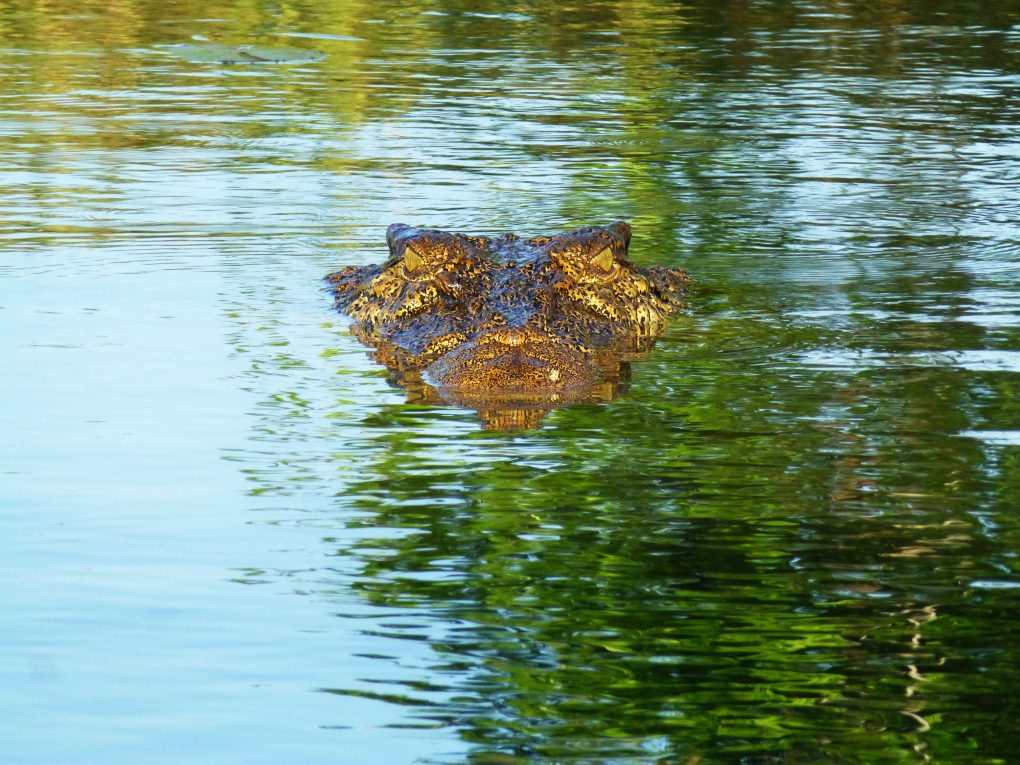
But even more spectacular is the impressive birdlife photography at Kakadu. One third of all bird species recorded in Australia are found here, in particular wetland species. Carefully time your visit for the best displays, late in the dry season from August to October, when large numbers congregate at the remaining waterholes. You’ll witness thousands of magpie geese, but also keep your eye out for the majestic Jabirus. Mamaukula Billabong is one of the best spots for photography, thanks to its bird hide.
Photograph Wildlife in New South Wales
Blue Mountains
Holly from Best of The Blue Mountains
Approximately one hours drive from Sydney City is the expansive Blue Mountains National Park, home to a wide variety of wildlife. At the right times you can be lucky enough to spot Wombats, Kangaroos and Wallabies, Reptiles and nocturnal mammals including Possums and Gliders.
Full of amazing photography locations, the Blue Mountains is also a great location for capturing Australian native birds in their bush habitats. Head to Wentworth Falls for a chance of spotting Black Cockatoos, and if you are lucky enough to be in the right place at the right time you may hear the distinctive creaking of the endangered Gang Gang Cockatoos. The clifftops of Katoomba offer the chance to spot Falcons on the hunt, while along the river tends to be a great location for spotting Kingfishers and various birds of prey including the Black-Shouldered Kite, White-Bellied Sea Eagle, Kestrels, Goshawks and the Australian Hobby.
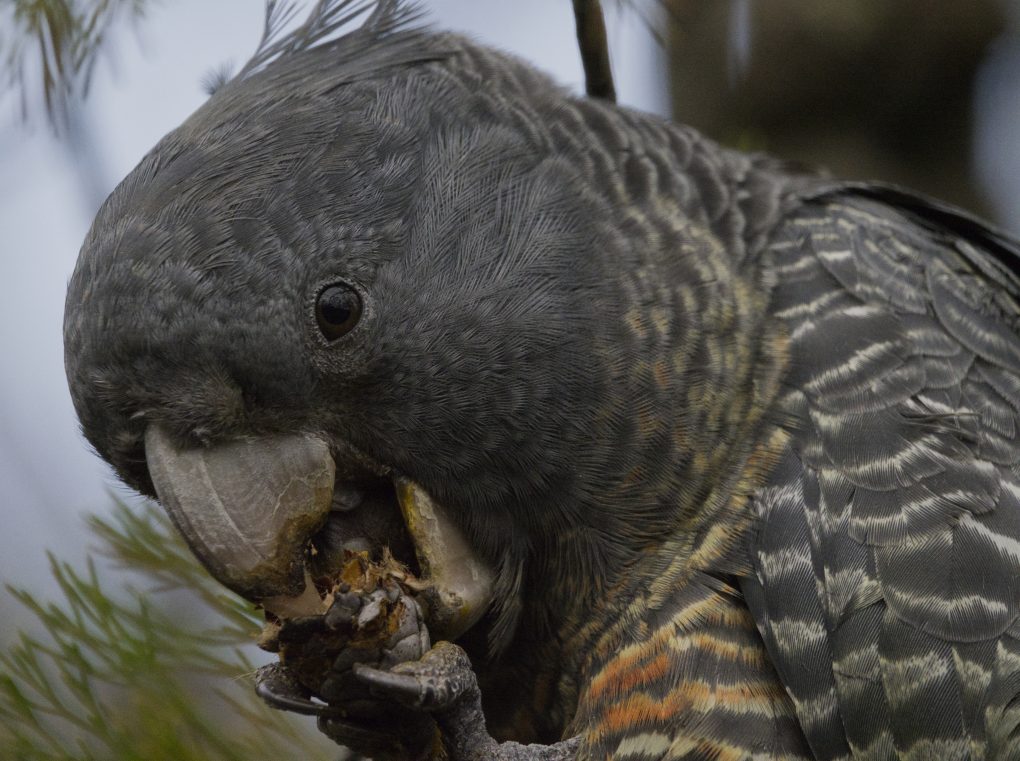
Lord Howe Island
Holly from Globeblogging
The UNESCO listed World Heritage Lord Howe Island is world famous as an island ecosystem and premier bird watching location. There has been over 200 different species recorded on the island and it is reputed to have more seabirds than any other Australian location. Even a visit to Lord Howe in winter still offers plenty of opportunities for photographing the local birdlife.
Home to several species of birds not found on the mainland, including the Lord Howe Silvereye, Lord Howe Golden Whistler and the endangered Woodhen, the island cliffs offer the chance to capture nesting seabird species while the beachside pine trees are the nesting location for migratory species. A few of these, like the Tern pictured, may even hang around into the Winter.
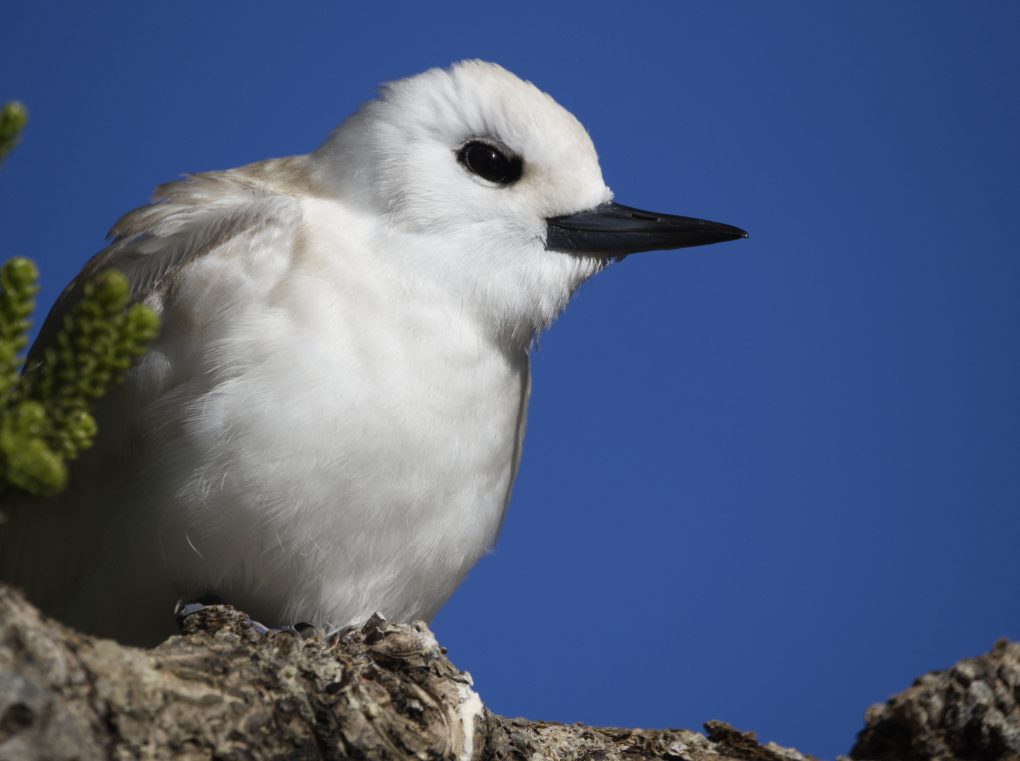
Hopping on one of the boat trips provides the chance for a visit from a curious Albatross, as well as Dolphins, Turtles, Rays, Galapagos Sharks and a wide range of fish species. Most of Lord Howe Island is a protected marine park, allowing the marine life to thrive. At Neds Beach visitors can purchase fish food for $1 per cup during business hours, and experience the fish swarming around the legs in just knee deep water.
Nelson Bay
Holly from Globeblogging
Not only does the Marina at Nelson Bay offer some fabulous opportunities for shooting native birds, including Pelicans, White-Bellied Sea Eagles, Corellas and the endangered Eastern Osprey, but taking a Dolphin Cruise on board Moonshadow offers the chance for some up close shots of the resident Bottlenose Dolphin pods.
Over the course of 90 minutes, the vessel will travel out into the bay in search of the Dolphins, which will often be curious enough to approach the boat for a closer look. At the right time of year you might be lucky enough to see calves in the pod. The operators are passionate and knowledgeable and familiar with many of the individual dolphins in the pods, and will share facts and stories during the cruise. Drinks and snacks can be purchased on board.
While sightings can naturally not be guaranteed, you are guaranteed a lovely afternoon out on the water with some great views regardless.
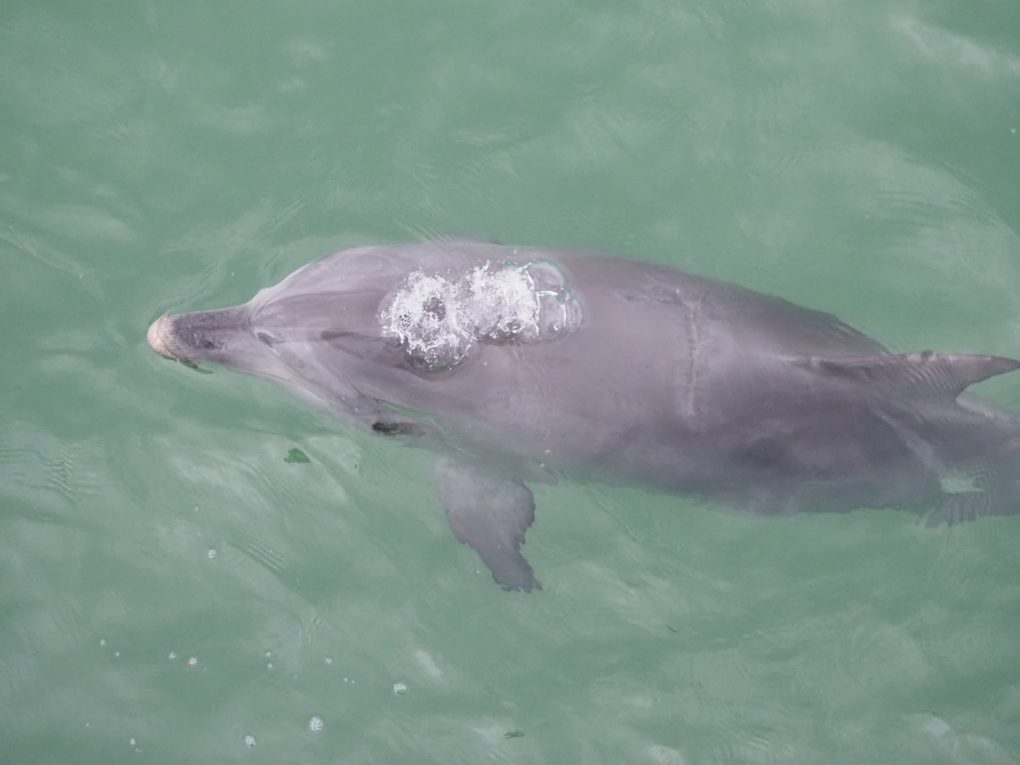
Sydney
Holly from Globeblogging
You might not immediately think of Sydney as a location particularly good for wildlife photography, but it happens to be a great starting point for one event that draws photographers and wildlife enthusiasts galore every year!
For approximately seven months out of every year, from May to November, Sydney is on the migration route for Humpback Whales moving along the east coast of Australia. While there are plenty of opportunities to watch for the telltale spouts of water along the coastline, undoubtedly the best chance to get some up close and personal chances at some shots of these impressive creatures is to grab a whale watching cruise.
The months of May, June and July are when the whales travel from Antarctica to the warm waters of Queensland for breeding and calving. September to November they will travel back to Antarctica, bringing them past Sydney once again, potentially with an enthusiastic and curious young one in tow!
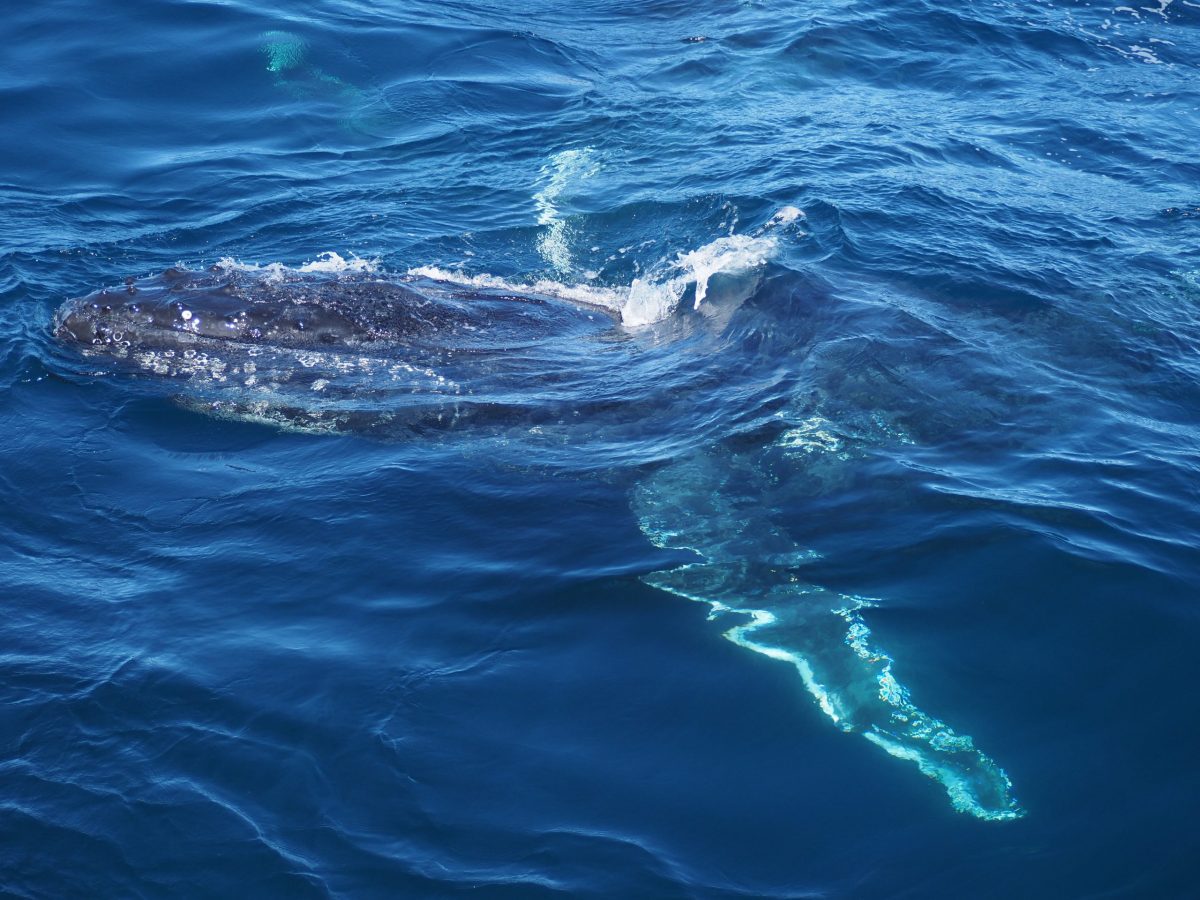
Photograph Wildlife in Queensland
Birdsville Track
Victoria from My Australia Trip
The Birdsville Track, located in the vast Australian Outback, is a breathtaking destination for wildlife photography enthusiasts seeking to capture the enigmatic Dingos in their natural habitat. Stretching approximately 517 kilometres across the arid heart of the country, this iconic track offers a unique opportunity to witness and photograph one of Australia’s most iconic and elusive native species. Wild camping on the Birdsville track is common given there are few camping grounds around.
One of the most captivating highlights of the Birdsville Track is the chance to encounter the elusive Dingos in their natural surroundings. These wild dogs, with their striking golden coats, roam freely across the rugged terrain, making for a truly captivating subject to photograph. The remote and untouched landscape of the Outback sets the perfect stage for capturing raw and authentic wildlife moments.
The track’s isolation and sparse human presence make it an ideal location for wildlife photography, as animals are less disturbed by human activities, allowing for more natural behaviours to be captured. Patience and perseverance are essential virtues for any wildlife photographer, and the Birdsville Track is no exception. Early mornings and late afternoons present the best lighting conditions, and remaining inconspicuous while observing the animals will greatly increase your chances of capturing remarkable shots.
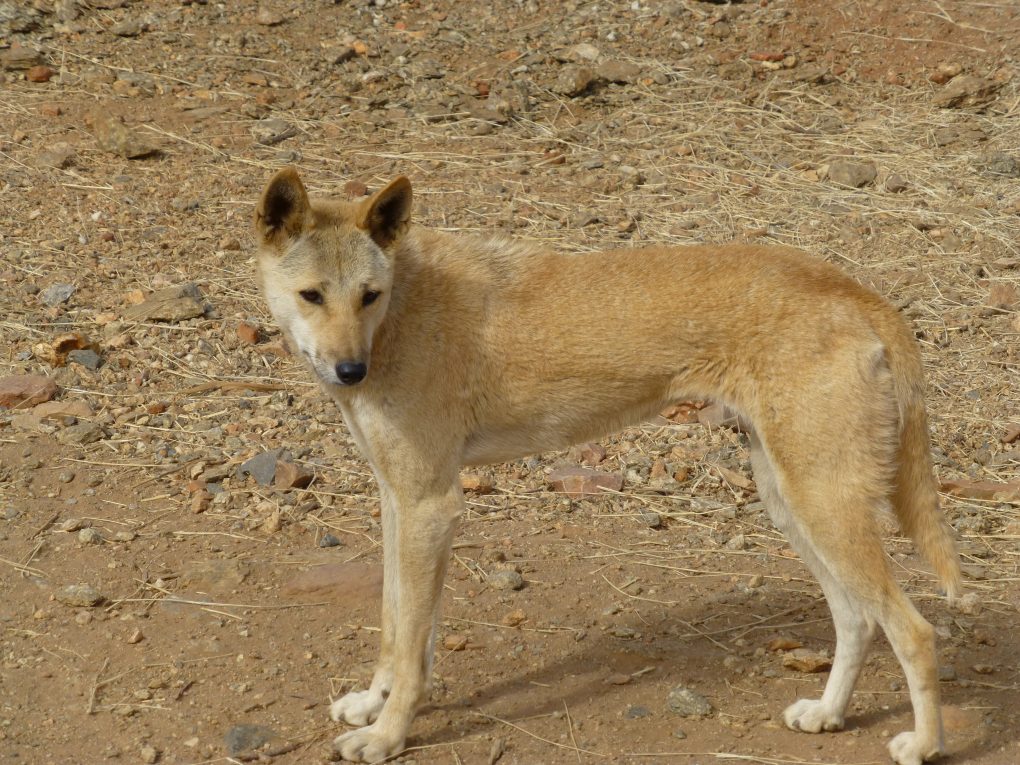
This remote and awe-inspiring location also offers a unique opportunity to photograph one of Australia’s most iconic creatures – the Emu. By spending time on the road, you increase your opportunity for capturing Emus. Trust me, even if camping isn’t your thing, you’ll grow to love it after this experience.
The Birdsville Track spans the vast and arid heart of Australia, providing a perfect setting to encounter Emus in their untamed environment. These large, flightless birds gracefully traverse the outback, offering photographers a mesmerizing subject to focus on. Their distinctive appearance, with long legs and necks, make them truly captivating to photograph against the backdrop of the rugged outback landscape.
The key to capturing great photos of Emus or any other wildlife on the Birdsville Track lies in patience and observation. Emus can be curious and approachable but also wary of humans. To get the perfect shot, it’s essential to blend into the environment, move quietly, and respect the animals’ space.

Mission Beach
Natalie and Steve from Curious Campers
Mission Beach is on the Cassowary Coast in tropical North Queensland 2 hours south of Cairns. It is a fantastic destination for photographing Australian native wildlife, in particular the southern cassowary. These tall, striking birds with their black plumage, red and blue neck and distinct casque on top of their head, are best seen at dusk and dawn when they are feeding.
Cassowaries can be seen right in the township but forest reserves like Lacey creek and the Licuala Day Use Area are both sites where cassowaries are regularly sighted. The local Visitor Centre can tell you if any have been recently seen in the town.
Lucky walkers on the Kennedy Trail in South Mission Beach also sometimes encounter them along the rainforest and beach sections of the coastal walk. Another great place for a cassowary sighting is Etty Bay, 35 minutes North of Mission Beach. Here, a resident cassowary regularly patrols the beach front.
Unless you have the good fortune of walking straight into one on the rainforest trail, the best strategy for finding a cassowary is to be quiet and take your time as you walk the tracks. Their dark feathers make them hard to spot in the forest so patience might be needed. When you do see a cassowary, you will want to track it from a distance. Particularly when they have chicks in tow, cassowaries can be aggressive if they feel threatened.
When you do encounter a cassowary, it is a thrilling Australian wildlife experience. Their shrinking habitat is making them increasingly rare.

Photograph Wildlife in South Australia
Kangaroo Island
Josie from Exploring South Australia
You may be surprised to hear that Kangaroo Island is a great place for photographing many different types of wildlife, not just its namesake.
In fact, there are so many different animals and birds on the island that make it a dream for wildlife photography.
Koalas are one of the main attractions as they can be found in the trees across much of the island. Also look out for wallabies, echidnas, and reptiles – including goannas. If you are lucky you might also spot the elusive platypus.
Bird lovers will again be spoilt, with kookaburras, cape barren geese, spoonbills and the Kangaroo Island Glossy Black Cockatoo that was feared destroyed in bushfires, but is now recovering. Dozens of other bird species are here for those patient enough to photograph them.
Being an island, there are opportunities for marine photography too. Seal Bay is home to hundreds of sea lions, and there are Little penguins in Penneshaw. There are fur seals at the western end of the island, best spotted at Admirals Arch.
Ocean safaris can take photographers out to spot whales and dolphins in the waters surrounding Kangaroo Island. If diving or snorkeling is your thing, look out for the leafy sea dragons that call these waters home.
To get some great shots of the Kangaroo Island wildlife, I recommend heading out at dusk and dawn, as that’s when they tend to be more active.
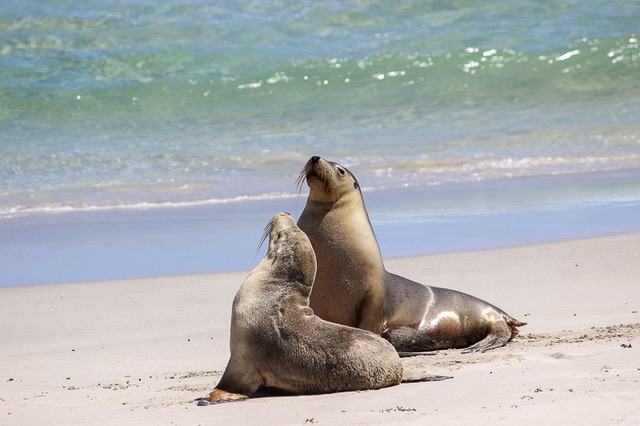
Photograph Wildlife in Tasmania
It is important to note that entry into national parks in Tasmania does require a paid pass. You can either buy a single visit pass or an annual one, if you are visiting Tasmania and intend to visit 3 or more national parks it is cheaper to purchase the annual pass.
Bruny Island
Haley from Haley Blackall Travel
Bruny Island is located off the east coast of Tasmania, Australia and is a popular destination for photography due to its diverse range of wildlife. If you keep a keen eye out, you can spot the rare albino wallabies, Eastern quoll, Barred bandicoot, Pygmy possum and short-beaked echidnas. If you happen to be taking to the water on your Bruny Island itinerary, you may also get a good glimpse of seabirds and marine life such as the Australian fur seal.
The best time to visit Bruny Island for wildlife photography is during the spring and summer months when the weather is mild and the animals are more active. There are a number of places on the island where you can go for wildlife photography, including the Neck, Adventure Bay, and the South Bruny National Park.
If you are looking for some tips for getting great wildlife photos on Bruny Island, here are a few things to keep in mind. Patience is critical when capturing wildlife on the island, especially when it comes to the rare White Wallaby! They can usually be found in and among underbrush and forested areas. And of course, with most wildlife photography, remember to bring your telephoto lens and use natural light when possible.
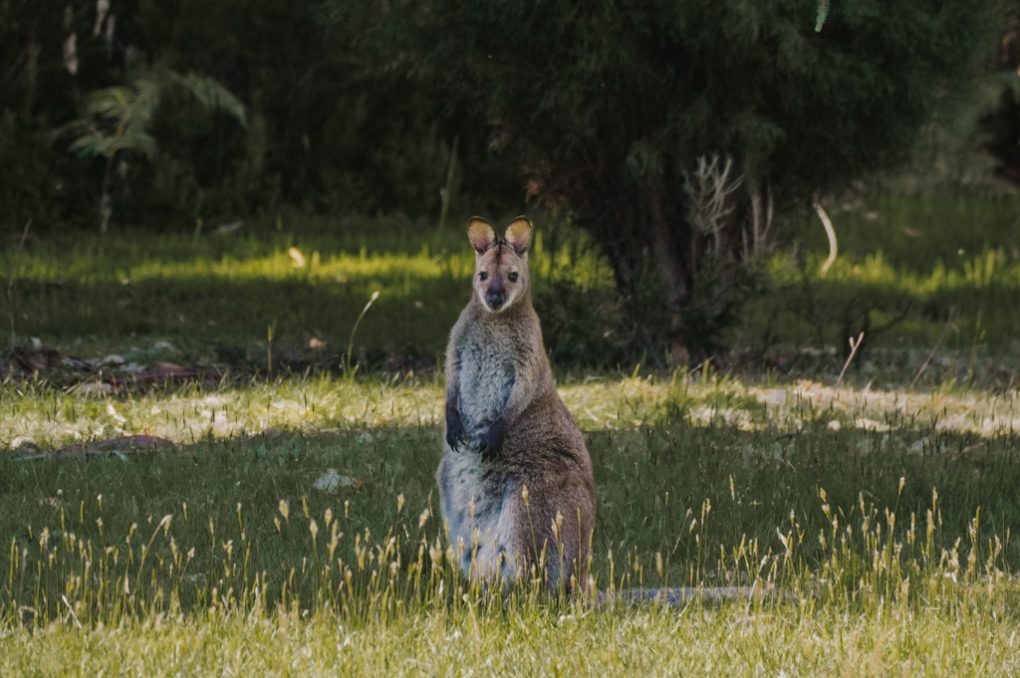
Cradle Mountain
Holly from Globeblogging
The Alpine region of the Lake St Clair National Park features plenty of opportunities for wildlife photography. In fact driving within the park has some restrictions in order to manage the site and its native residents.
It is one of the handful of locations where you might spot the stunning Pink Robin, found mostly in Tasmania, and the Dusky Robin which is not found on the Australian mainland.
Ronny Creek was recommended to me as the spot to go to see the wildlife, and it was indeed here where I saw the Pink Robin (though I wasn’t lucky enough to get the shot.) However just a walk around the Interpretation Centre and Cradle Mountain Lodge is likely to offer up some photography moments, while a walk on the Cradle Mountain Boardwalk is almost certain to deliver Wombats, Bennetts Wallabys and Tasmanian Pademelons.
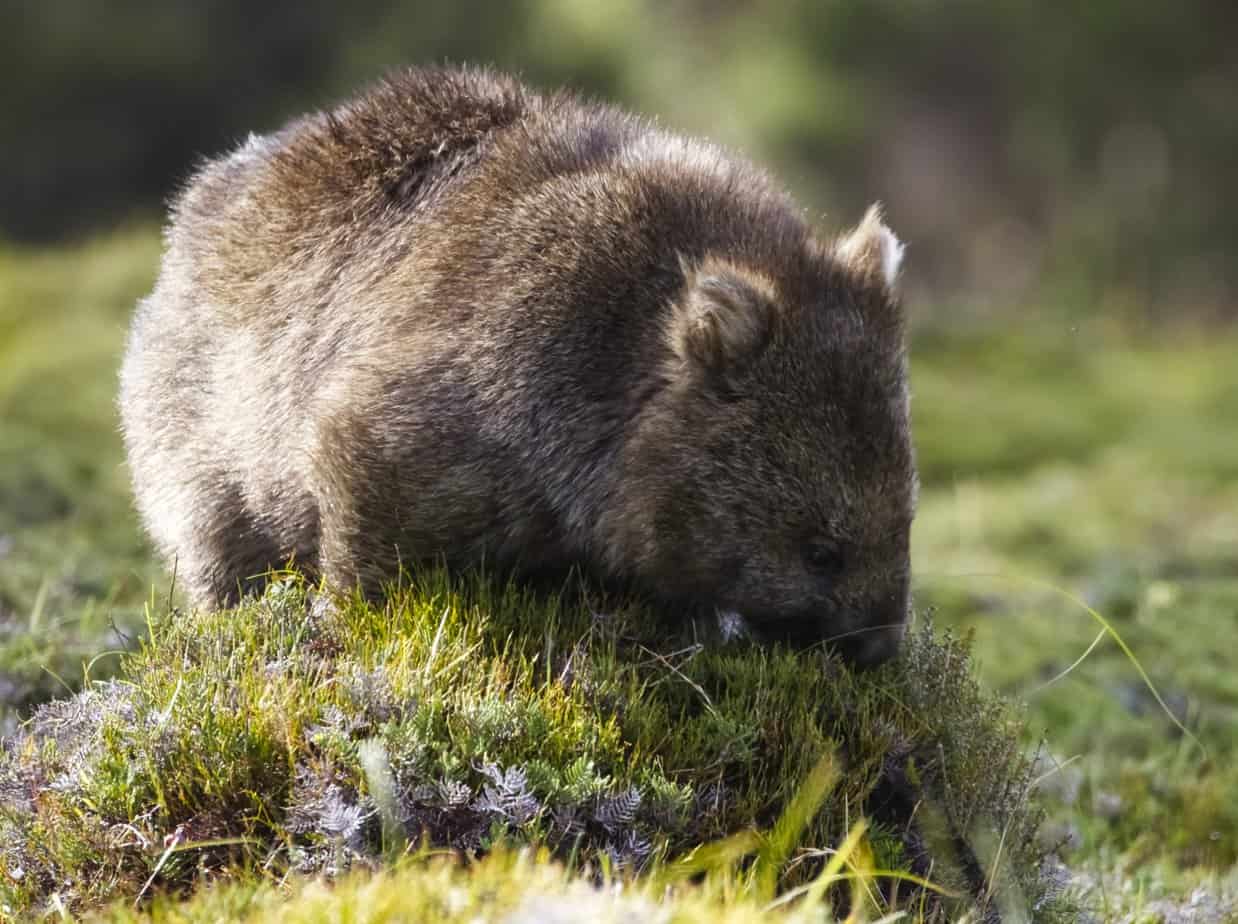
Launceston
Holly from Globeblogging
You might be surprised to see the city of Launceston on the list, but there are actually a couple of reasons why!
Within Launceston itself, a visit to Cataract Gorge offers plentiful opportunities for photographing wildlife. A stroll around the grounds offers bird life and languishing Wallabies, which though they are wild are quite accustomed to human presence and not phased by the camera attention. Though not Australian Wildlife there is also a large resident population of Peacocks which make attractive subjects, especially if they are ushering chicks around. One of the many hikes through the gorge offers more chances to catch the birdlife and maybe the odd Tasmanian Pademelon!
A short drive outside of Launceston can be found the Tamar Wetlands, an extensive boardwalk over water amongst reeds out to Tamar Island, where visitors can take in some of the history of the early settlements. The Wetlands feature an abundance of birds and a waterside bird hide for the photographer to wait for their shot. If you intend to use the bird hide it is better to visit this location in the morning. In the afternoon it faces the setting sun which makes managing light settings more challenging. Keep an eye out near the bridge for the tiny welcome swallows and superb fairy-wrens flitting around.
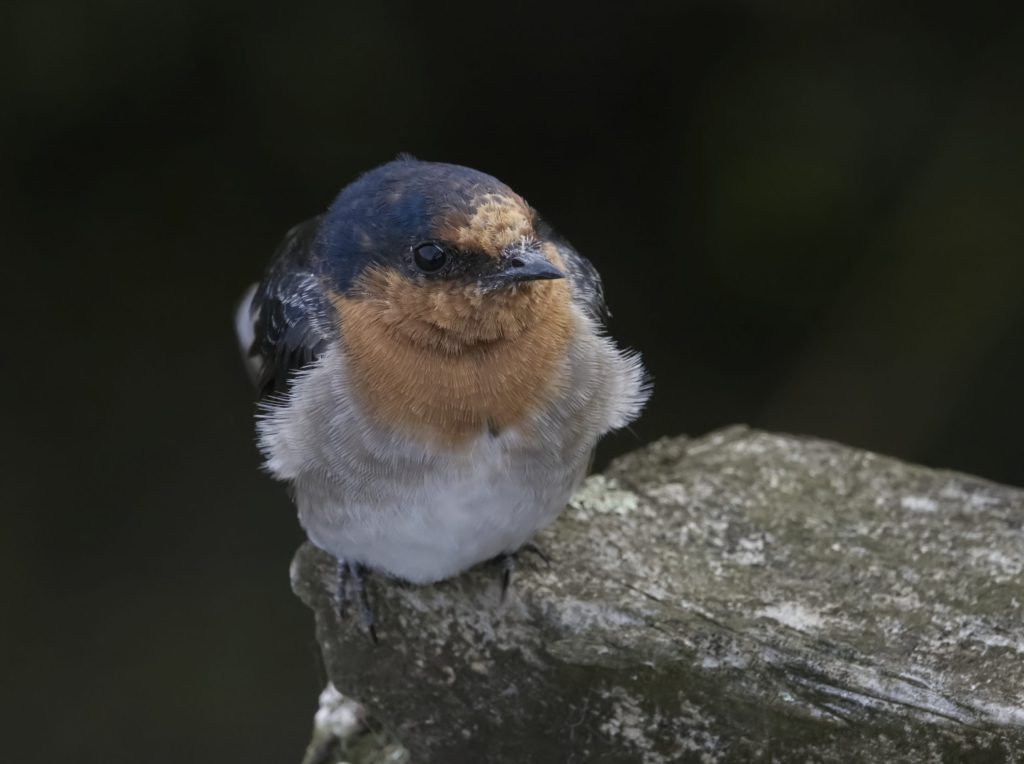
Narawntapu National Park
Holly from Globeblogging
Just over an hour from Launceston is another of Tasmania’s National Parks which is well worth the visit.
Narawntapu National Park is a large park which features a number of different environments, making it ideal for wildlife spotting. The bush truly meets the ocean here, so not only will you spot wildlife commonly seen in Australian bushland, but the beach will offer the chance for ocean birds and raptors. Narawntapu also features a large waterside bird hide on the river.
You are likely to see large mobs of Kangaroos grazing on the open plains near the visitors centre in the afternoon, and keep a watch out for the Tasmanian Pademelons! Narawntapu was the only place I managed a good shot of one!
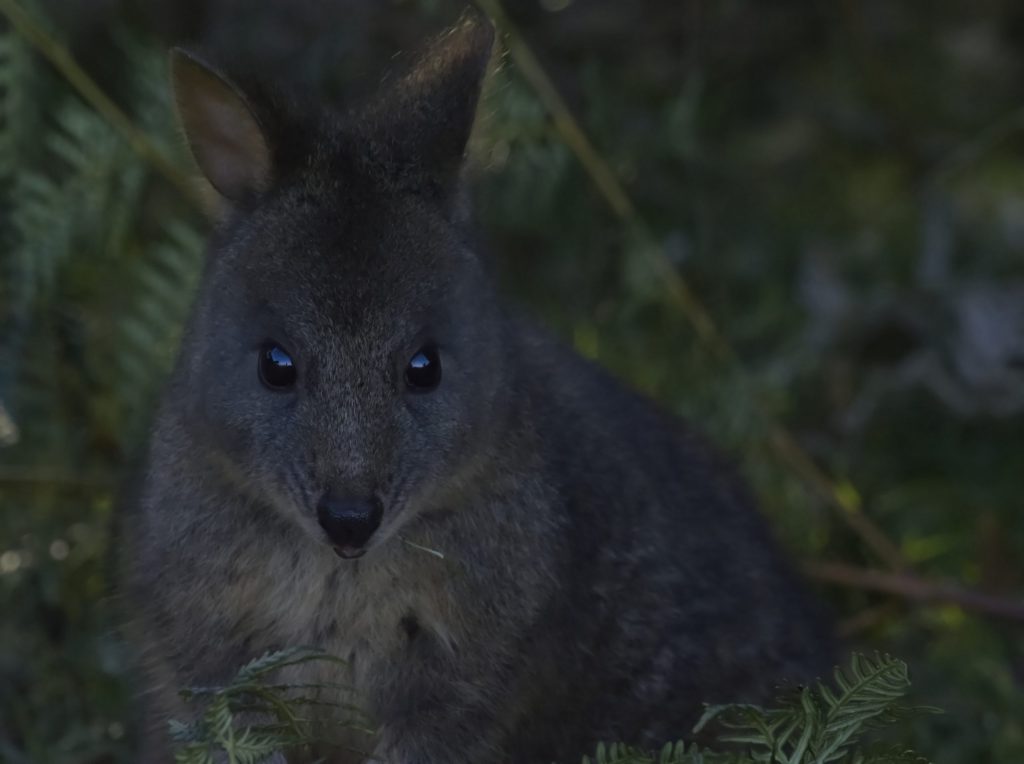
Photograph Wildlife in Victoria
Port Campbell National Park
Tina from Veganderlust
Port Campbell National Park is the perfect outdoor destination in Australia. It’s not just home to the impressive 12 Apostles, a stunning limestone rock formation which you can visit while driving the Great Ocean Road, but it’s also home to a wide range of Australian wildlife.
The wildlife is so extensive that you won’t even need to look for long. Even on popular footpaths to coastal sights like the Thunder Cave, you can stumble upon echidnas, one of the few mammals worldwide which lay eggs.
The best way to spot echidnas is to keep your eyes open and look closely at the small bushes next to the paths, all while not making too much noise.
But what Port Campbell National Park is mostly known for is its wide range of seaside birds, from small fairy-wrens to big pelicans. Far out at sea, you might even see Albatross and penguins nesting on the shores.
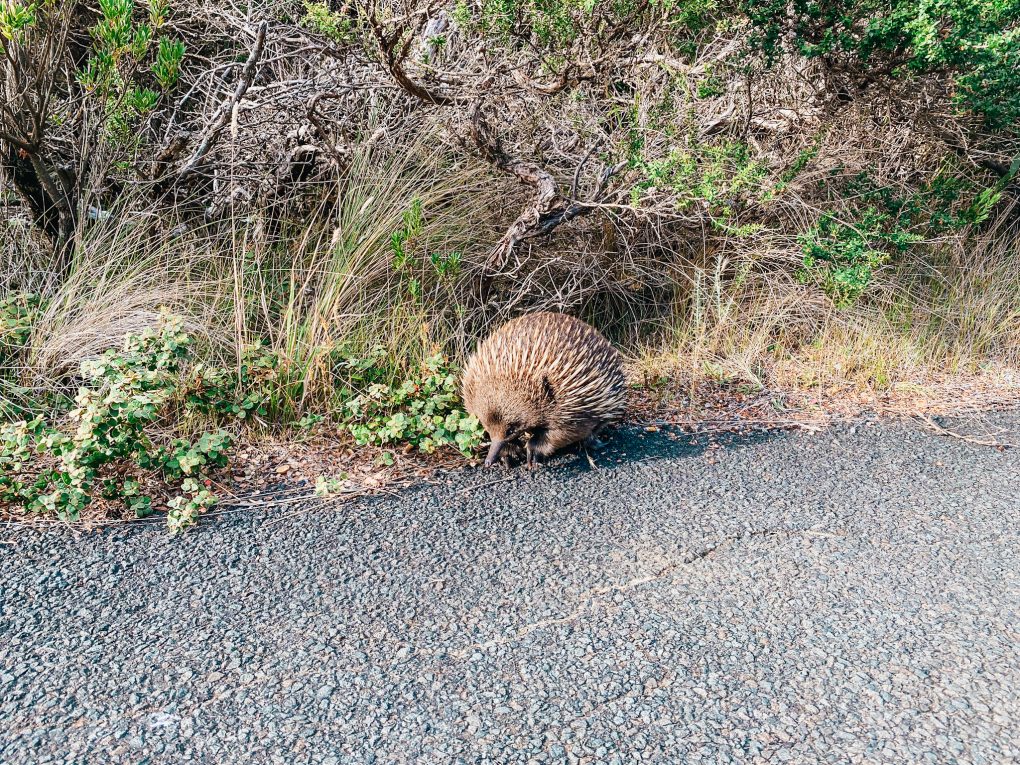
St Kilda
Angie from Where Angie Wanders
One might not expect to come face to face with a penguin while traveling across Australia but if you head to the coastal town of St Kilda, close to the sprawling metropolis of Melbourne, you will find many of them.
These penguins are known as ‘fairy penguins’ or ‘little penguins’ and, when not out hunting in the ocean, live in the rocks along the breakwater at St Kilda.
They are only found in the waters along the Southern coast of Australia and parts of New Zealand but even so they are not in demise. This one colony in St Kilda their colony exceeds 1000 penguins.
If you head to the breakwater at dusk you will be able to watch them coming in to shore for the night and finding their places in the crevices of the rocks. You have to have a keen eye to spot them once they are hunkered down for the night as they are only 13 inches in height making them the smallest of all penguin species.
Make sure you are quiet when you are on the breakwater as you don’t want to scare them (or wake them up) and if you are lucky you will be able to capture this cute little creature on camera.
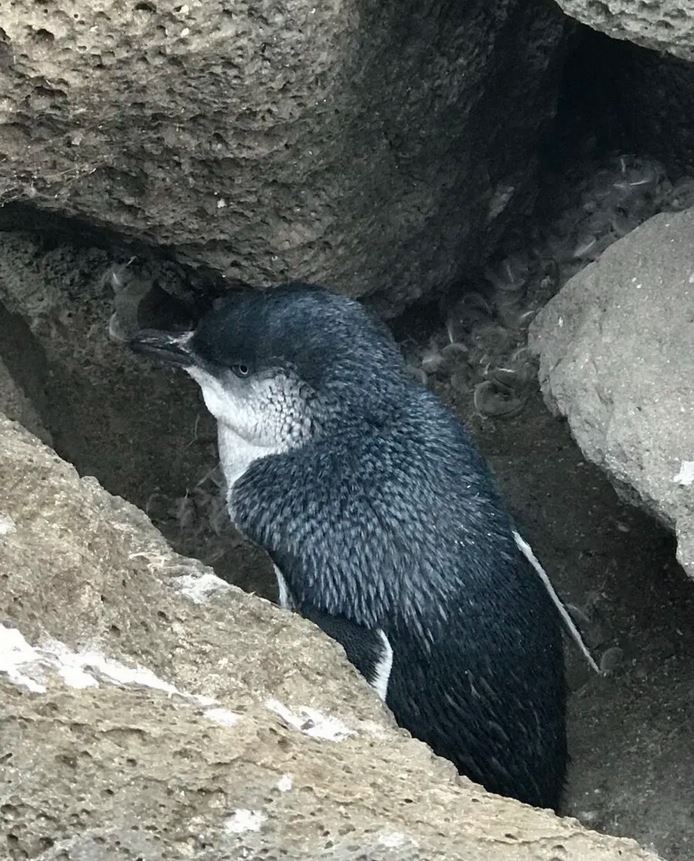
Yarra Bend Park, Kew
Kaitlyn from Carry On Only
Located on the Yarra River in inner Melbourne and only 4kms from the CBD, Yarra Bend Park in Kew is an easily accessible place to photograph wildlife.
As the largest natural bushland in Melbourne, this park is perfect for bushwalking, cycling, canoeing, picnics, bird and animal watching.
Grey-headed Flying-foxes are large bats native to Australia and are the main attraction, with a colony of up to 30,000 permanently situated along the river throughout the year. Sunset is the best time to visit and photograph the bats as you’ll be able to experience the unique “fly out” when thousands of flying-foxes leave the trees for the night and fly across the city skyline. During the day you’ll see them hanging in trees resting and sleeping and hear them chatting to one another. Autumn is mating season when they are particularly vocal.
Additionally, Australian mammals like Echidnas, Platypus, Brush-tail and Ring-tail Possums offer fantastic photo opportunities in the park.
The area is also abundant in birdlife, featuring the Laughing Kookaburra, Tawny Frogmouth, Rainbow Lorikeet, Yellow-tailed Black Cockatoo, Red Wattlebird, Willie Wagtail, Sacred Kingfisher and Pied Currawong.
For capturing stunning shots of Australian wildlife in Yarra Bend Park, a telephoto lens is a must have. Due to its close proximity to the city center and the abundant variety of species living here, Yarra Bend Park is considered one of Melbourne’s best locations for wildlife photography.

Photograph Wildlife in Western Australia
Jurien Bay
You can actually swim with the sea lions here in Jurien Bay – in fact this is the best place in Western Australia to swim with them! This activity is an absolute must visit if you are keen to spot sea lions in their natural environment and get some great wildlife photos!
The sea lions live on a few small islands in the Marine Park just a 15 minute boat ride from Jurien Bay. You can go on a snorkeling trip and swim with the large colony of sea lions which is a really incredible experience!
The sea lions are known as one of the friendliest creatures of the ocean – they are very curious and playful and love to see new faces! They will often swim right up to your face as they are so inquisitive, so make sure to bring your Go-Pro or underwater camera as you can get some fantastic close-up shots! The water here is crystal-clear and very shallow, so the visibility is really good! Top tip – keep your Go-Pro on video record as opposed to taking single shots, to ensure you don’t miss any of the magic – these sea lions can swim fast! Then you can capture high-quality still photographs from the videos afterwards.
The tours depart in the mornings every day of the year and last around 2.5 hours! It’s best to book in advance as they do sell out quickly as they are so popular!
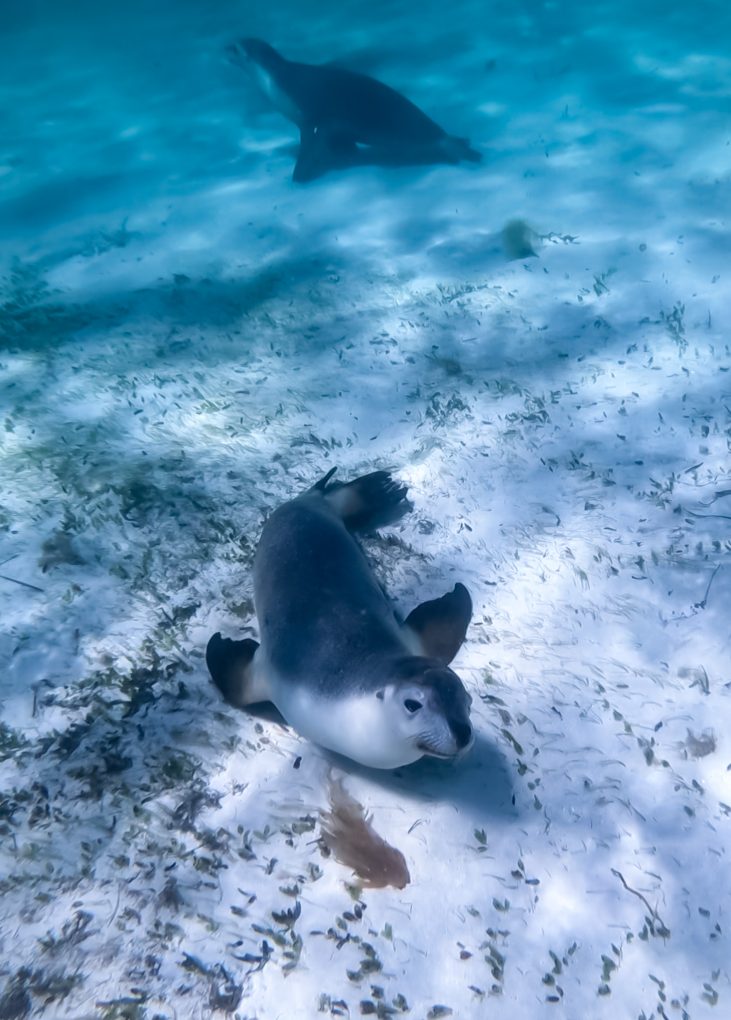
Rottnest Island
Holly from Globeblogging
Once plentiful across the Australian mainland, the cute Quokka is famous for its selfie appearances and can only be found on the Western Australian Rottnest Island.
You won’t have to look too hard to spot them either! The Quokkas have zero fear of humans in their protected domain and happily wander amongst the buildings and mingling people, and might even linger beneath your table while you dine in the hope of catching an errant snack.
The only mammal found on the island, the Quokka is also responsible for its name. They have flourished on Rottnest due to having no predators on the island, however are still listed as a vulnerable species. While they are undoubtedly the star of the show, Rottnest also offers plentiful bird life, reptiles, and marine life. There is a large colony of New Zealand Fur Seals at Cathedral Rocks, and during Winter the island is on the migratory route for the Humpback Whale.
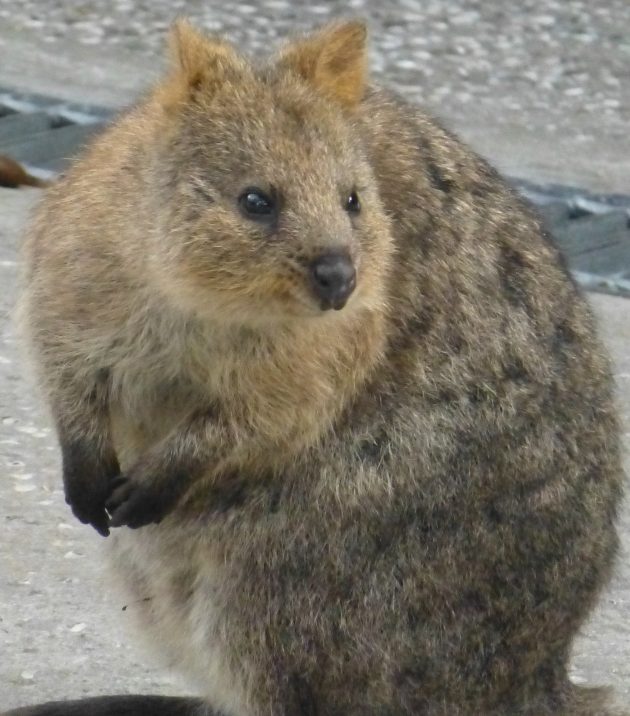
What do you think of some of these locations for photographing Australian Wildlife in the wild? Have you come across any other must-visit locations? Let me know in the comments below and as always if you enjoyed this please share!
